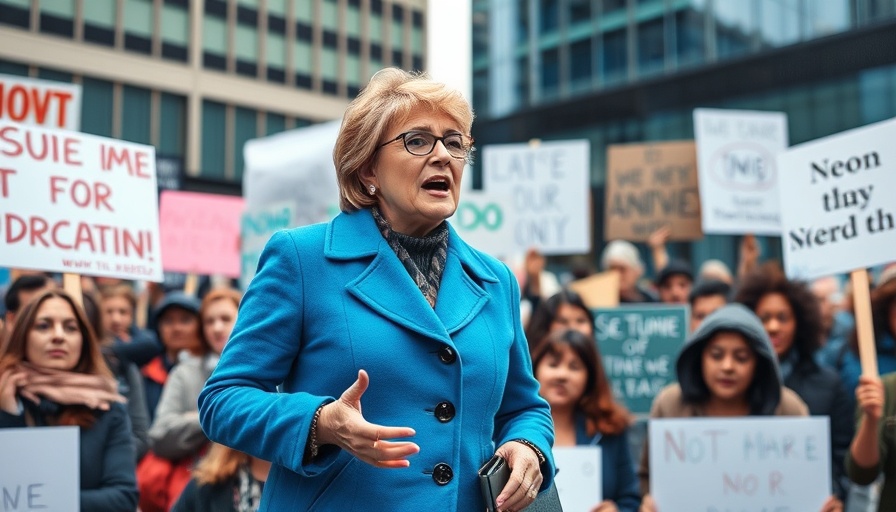
Transforming Airport Experiences: The New United Club in Denver
In a strategic move to enhance travel experiences, United Airlines is set to unveil a newly renovated United Club at Denver International Airport (DIA) in the B West concourse. Slated to open on July 31, 2025, this expansive 33,000-square-foot lounge promises a blend of modern design and regional charm, marking a significant upgrade in airport amenities aimed at business travelers.
Why Business Travelers Should Care
For small business owners and managers, the new United Club represents more than just a place to relax between flights; it signifies a shift in how airlines are catering to the evolving needs of their customers. With a focus on comfort and functionality, travel isn't merely a necessity anymore—it's a valuable opportunity for networking and productivity.
Modern Design with Local Flavor
The design overhaul in the Denver Club adopts United's contemporary aesthetic seen in other revamped clubs across the network. However, what sets this lounge apart is its incorporation of local influences. From the artwork displayed on its walls to the choice of building materials, the design offers a glimpse into Colorado’s rich culture—a thoughtful nod to travelers who appreciate a sense of place even at 30,000 feet.
Enhanced Amenities for Increased Productivity
Business professionals often seek environments conducive to focus or relaxed networking. The renovation introduces a range of amenities designed for both relaxation and productivity. Notably, the lounge features more workspaces equipped with charging stations, high-speed Wi-Fi, and quiet zones. This thoughtful design allows business travelers to prepare for meetings or unwind before their next flight, making it a sanctuary amidst the hustle and bustle of the airport.
A Commitment Beyond Denver: Future Trends in Airport Lounges
The transformation of United’s Denver Club may signal broader trends in airport lounge development. According to recent trends, airlines are increasingly viewing their clubs as extensions of their brand, focusing on customer experiences to differentiate themselves in a competitive market. Travelers can expect to see enhanced lounge features across multiple airports, as airlines recognize the significant investment in retaining business-focused clientele.
What This Means for the Future of Business Travel
As businesses pivot toward greater flexibility and remote work opportunities, frequent travel remains a vital aspect of maintaining client relationships and expanding networks. Lounges like the Denver Club provide critical environments where professionals can not only recharge before flights but also cultivate connections with peers in the industry. Understanding how to leverage these spaces can ultimately lead to better business outcomes.
Accessible Benefits for All Travelers
While the upgrades primarily cater to premium passengers, United’s commitment to enhancing terminal amenities signals that all travelers will benefit from improved airport experiences moving forward. More lounges with similar layouts and features might soon become common across major U.S. airports, making travel less of a chore, and more of a seamless part of the business journey.
FAQs: Your Questions Answered
As the opening of the new Denver Club approaches, you may have some questions about what to expect:
- Will all United passengers have access to the lounge? Typically, access is granted to those who hold a United Club membership or those flying on premium tickets.
- What amenities can be found at the lounge? Travelers can expect comfortable seating areas, workstations, complimentary refreshments, high-speed internet, and relaxation zones.
- Is the design going to be replicated in other lounges? While each lounge will have unique features, the core design elements reflecting local culture may see some replication in future renovations.
Take Advantage of Your Next Airport Experience
Business travelers should be aware of these advancements and how they can capitalize on opportunities within airport lounges. For small business owners and managers, utilizing these spaces not only enhances productivity but also fosters connection—vital components in today’s business landscape. As you plan your next trip, consider incorporating time in these renovated lounges into your schedule to maximize your airport experience and set the stage for further business success.
 Add Row
Add Row  Add
Add 




Write A Comment